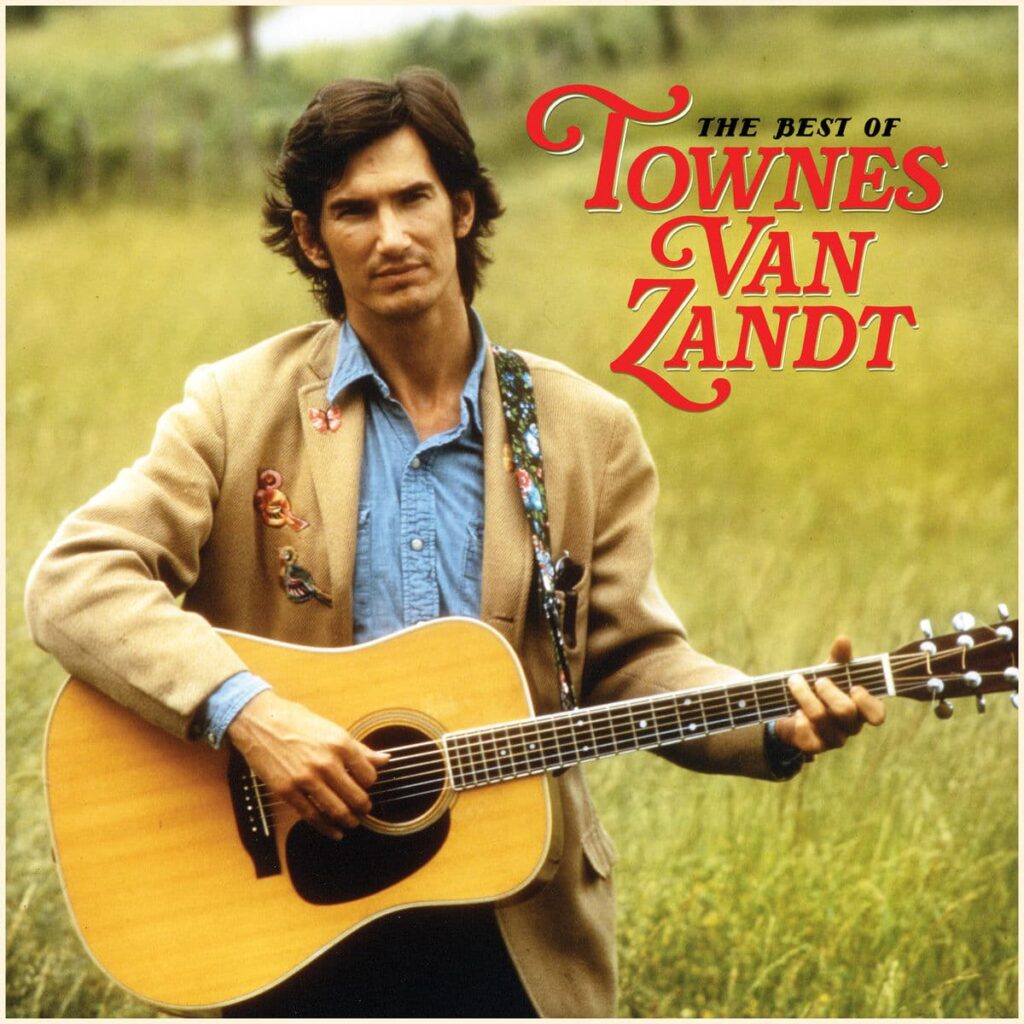
A stark portrait of loneliness and resignation — the song that laid bare the quiet despair of the wandering soul
Few songs in American songwriting carry the raw, stripped-bare truth of “Waiting Around to Die” by Townes Van Zandt. Released in 1968 on his debut album For the Sake of the Song, it remains one of the most haunting and brutally honest reflections ever written about the human condition — a man’s weary confession of a life bruised by loss, addiction, and emptiness. Although it never charted on the Billboard Hot 100 or Country charts, the song’s emotional weight has outlived any statistic, finding a permanent home in the quiet corners of American music.
At the time of its release, the late 1960s were alive with optimism and revolution — yet here was a song that refused to pretend. Instead of protest or promise, it offered a confession. Over a simple waltz rhythm and the faint echo of a fingerpicked guitar, Van Zandt delivered a voice that trembled with both gentleness and desolation. His lyrics were plainspoken, almost conversational, but every word hit like a truth too heavy to escape: “Sometimes I don’t know where this dirty road is taking me.” That opening line feels like a sigh from a man who’s already seen too much.
“Waiting Around to Die” is not a story with redemption — it’s a slow unraveling. The narrator tells of abuse, of jail, of betrayal, and of the restless wandering that leads only to another dead end. Each verse is a small confession, pieced together with the resigned calm of someone who has long stopped expecting rescue. When he sings about meeting a woman named “Cody” who steals his possessions and leaves him, or about a friend who gets him high to dull the pain, the lines are delivered with no bitterness — only acceptance. It’s as if he’s saying, “This is life, and this is how it goes.”
The brilliance of Van Zandt’s songwriting lies in this stillness — he doesn’t dramatize his suffering. He simply lays it out, and in doing so, allows the listener to feel the quiet devastation that words rarely touch. The melody itself drifts like a weary traveler down a long dirt road, its simplicity amplifying the loneliness it carries.
Behind the song, there was truth. Townes Van Zandt lived much of what he wrote. He battled depression, addiction, and homelessness for much of his life, yet he possessed a poetic mind that could distill pain into something transcendent. “Waiting Around to Die” wasn’t just written — it was lived. It’s said that when he first performed the song for an old sharecropper family he was staying with in Texas, one of the women listening broke down in tears before he could even finish. That was the power of honesty in its purest form.
For older listeners, the song resonates differently now. It’s not merely the story of one man’s fall — it’s the universal ache of years passing, of dreams fading, of the silence that follows when the world stops listening. It evokes long nights and empty rooms, the sound of wind through an open window, the heavy stillness of reflection. For anyone who has faced regret, or felt life’s weight press too deeply, “Waiting Around to Die” feels like recognition.
Over the years, countless artists — from Emmylou Harris to The Be Good Tanyas — have covered it, each drawn to its haunting clarity. But none have captured the fragile humanity of the original. Townes’s recording is not perfect — his voice cracks, the guitar hums unevenly — but that imperfection is its soul.
Ultimately, “Waiting Around to Die” is not a song about death, but about endurance. It’s about surviving long enough to see the end coming, and facing it not with fear, but with quiet acceptance. The song doesn’t ask for sympathy; it asks for understanding. And in that humility — in its naked, unadorned truth — it stands among the greatest works of American songwriting.
It is a reminder that sometimes the deepest truths are whispered, not shouted; and that even in the darkest corners of life, there is poetry waiting to be found.